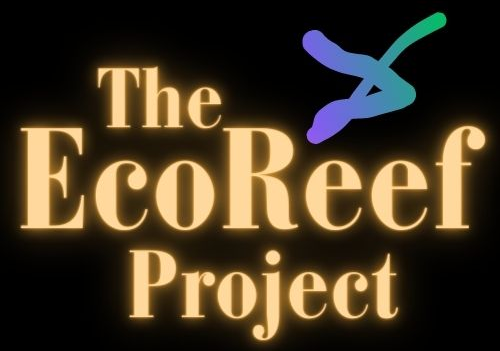Unraveling the Mystery of Insect Decline: The Impact of Waterways
Preamble
The global decrease in insect populations has become a topic of intense discussion and concern. These tiny creatures are integral to our ecosystems, contributing to pollination, decomposition, and forming a part of the food chain.
The Global Reduction in Insect Populations
Research indicates a nearly 25% reduction in insect populations over the past three decades. However, this reduction is not evenly distributed among all insect species. While some species are thriving, others are witnessing a significant drop. The causes behind this decline are complex and varied, including intensified land use, climate change, and the introduction of invasive species.
Waterways and Their Influence
Interestingly, there has been an 11% increase per decade in freshwater insects, following efforts to clean up polluted rivers and lakes. However, this group only represents about 10% of insect species and does not contribute to crop pollination. This suggests that enhancing the health of our waterways could potentially aid in the recovery of some insect populations.
Pollutants can disrupt ecosystems by reducing species diversity, altering food chains, and changing energy flow and nutrient cycling patterns. For example, insect groups that are usually kept in check by fish predation can increase if fish populations are reduced by plant & habitat destruction & pollution such as acidification.
Possibilities for Revival
Despite the alarming situation, there is still hope. Initiatives to improve waterways, decrease pollution, and restore habitats can support insect populations. For instance, cleaning up polluted rivers and lakes has resulted in an increase in freshwater insects.
However, it’s crucial to understand that enhancing waterways alone may not be enough to stop or reverse the decline in insect populations. Other factors, such as changes in land use, climate change, and the spread of invasive species, also need to be tackled.
Epilogue
In conclusion, the reduction in insect populations is a multifaceted issue with numerous contributing factors. While enhancing the health of our waterways can aid some insect populations in their recovery, a comprehensive approach that addresses all major causes of decline is necessary. As we continue to delve into and comprehend this issue, it becomes increasingly evident that our actions significantly impact the world around us. By taking steps to improve our environment, we can contribute to the survival of these essential creatures and the ecosystems they uphold.
Join the Discussion
In the digital age, it’s simple to join the conversation and voice your opinions. Social media platforms are a common venue for discussions on a variety of topics, including the decrease in insect populations and the state of our waterways.
Here are some ways you can participate
Express Your Opinions: Don’t hesitate to share your thoughts and views. Every voice counts!
Utilize Relevant Hashtags: Hashtags can enhance the visibility of your posts. Some relevant hashtags could be #InsectDecline, #WaterwayConservation, #EcosystemProtection, and #BiodiversityMatters.
Engage with Others: Reply to posts, share intriguing articles, and participate in discussions. This not only helps us look into what to do but raises awareness all around.
Stay Updated: Keep abreast of the latest research and news. This will enable you to contribute to discussions in a meaningful way.
Remember, change begins with awareness. By joining the conversation, you’re taking a step towards protecting our planet’s biodiversity. Let’s make a difference together!

.png)






